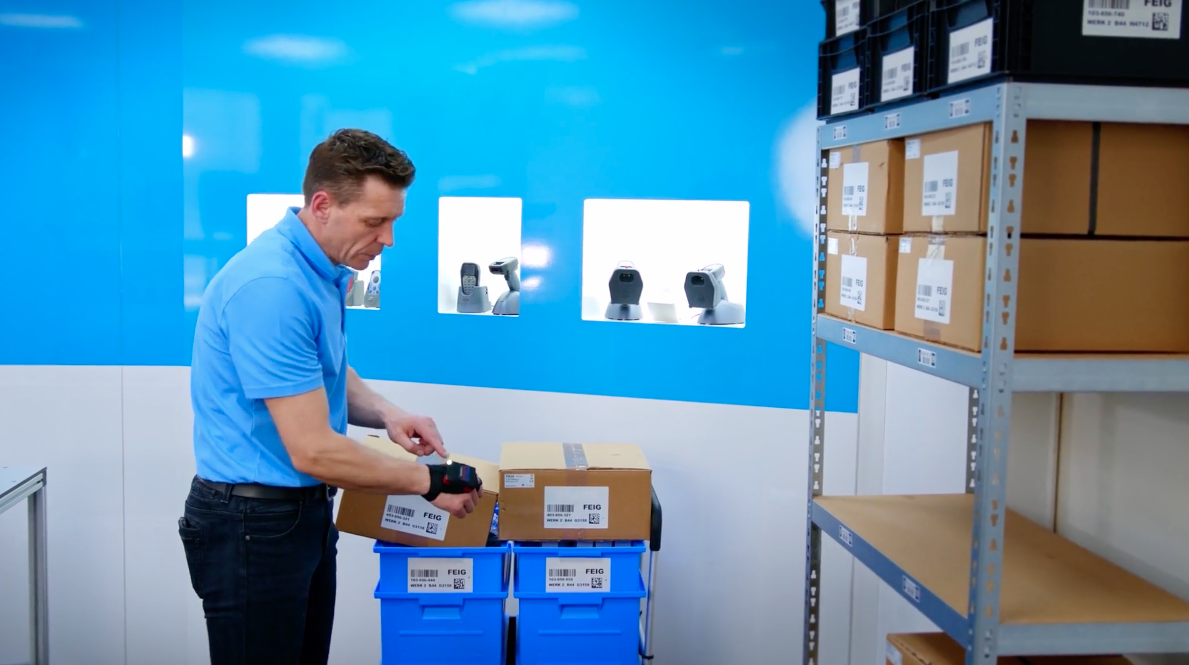
Automatic identification and data capture (AIDC) is one of the most important technological advancements that manufacturers, warehouses, and distribution centers have benefited from in recent years. When implemented strategically, AIDC solves an array of problems, from trace and trace to identity verification and beyond.
AIDC or AutoID is an automated process used in the identification and collection of data for storage, classification, and analysis. The AIDC process is typically done without human involvement and is generally integrated for the purpose of systematically identifying and tracking a multitude of items, inventory, tools, assets, and even workers.
AIDC is employed in a relatively broad spectrum of specific technologies including but not limited to:
All of these technologies use AIDC in unique ways depending on the ins and outs of their processes. Although AIDC serves a wide scope of applications, the technology is primarily used for: 1) identification and validation, 2) asset tracking, and 3) interfacing with other data systems.
When considering the benefits of using AIDC, one must first take a closer look at the existing technology solutions that are enhanced by it:
AIDC is frequently used in scenarios involving logistics and warehouse inventory, where the processing of many items requires fast-tracking beyond human capability and capacity. RFID technology is commonly used because of its flexibility and affordability – ideal for logistics, such as tracking large quantities of objects. Plus, the ability to track the exact location of an object in a large warehouse via reader proximity detection.
An identification tag attached to a product in the form of a label or embedded into a product that includes a unique identification number and may contain additional programmed data.
An RFID Reader or scanner networked to a data processing system capable of reading or writing information in the tags that pass in front of them.
Software systems with interconnected databases that store the captured information, including details of its history and instructions for processing through to its current location.
RFID identification systems work across a very wide range of the radio spectrum, varying by the radio frequency bands they use, their communication protocols, how they receive energy, and how they store information.
Low Frequency (LF) RFID technology operates on signals between 125 and 134 kHz and is used primarily for access control and short range applications with potential for interference issues. High-Frequency (HF) RFID technology operates in the 13.56 MHz band and is used in applications where both the operating speed and maximum reading distances are in a medium range and balances out some interference issues. The Ultra-High Frequency (UHF) RFID technology operates between 850 and 950 MHz, allowing the highest processing speeds and the longest coverage distances.
The challenges in the field of AIDC remain more relevant than ever, particularly in times of uncertain economic forecasts when time-optimized, low human contact, and cost-efficient processes are an essential factor for every company.
For more than 50 years, FEIG ELECTRONICS has brought the progress of AIDC technologies and modern logistics closer to its objective of maximizing its high level, real-time control capacity down to the level of each individual and specific product.
FEIG offers a wide selection of AIDC products at multiple frequencies such as UHF, HF and LF readers and antennas; myAXXESS for vehicle and personnel access control; the ECCO+ a mobile hybrid device combining barcode and RFID for logistics and the HyWEAR compact, a wearable hybrid that makes the manual material handling process more efficient by freeing both hands.
Demonstrations of these products and use cases can be found at:https://www.rfidreadernews.com/autoid-solutions-for-logistics-processes/
Session expired
Please log in again. The login page will open in a new tab. After logging in you can close it and return to this page.